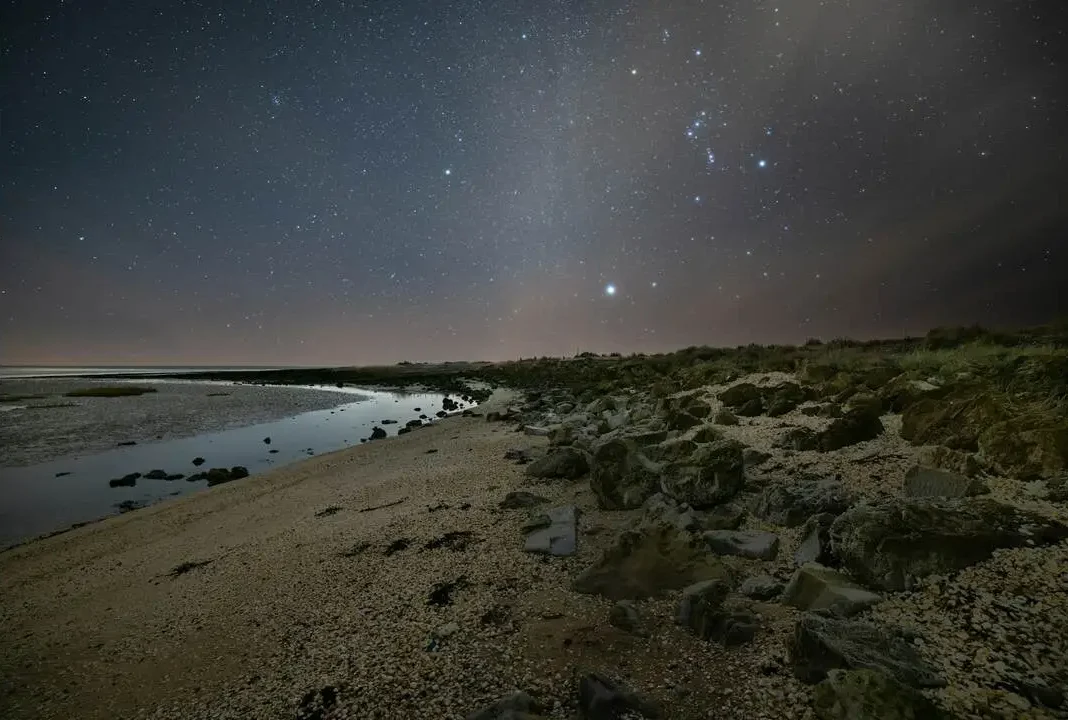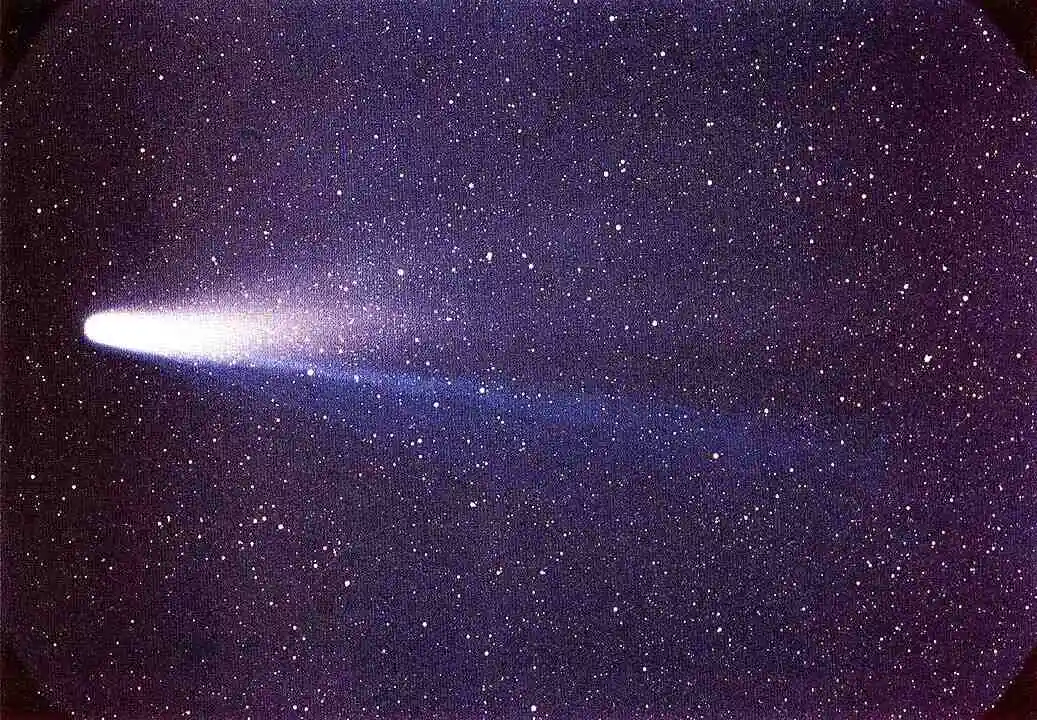The Orionid meteor shower is expected to peak on October 20 and October 21 this year. According to Earthsky.org, this stunning meteor shower will put on a beautiful display on the morning of October 21. The Orionid meteor shower happens annually, beginning in the first week of October and reaching its peak around mid-October.
The peak of the meteor shower is expected to happen at 18:00 UTC on October 20, 2024. Under ideal conditions, around 20 meteors per hour can be observed during the peak. However, this year, the waning gibbous moon will disrupt the meteor shower. To have the best viewing experience, try to block out the moon using trees or a structure.
Where can I see the Orionid meteor shower?

The radiant point of the Orionid meteor shower is located in the Orion constellation near the bright star Betelgeuse. A radiant point is a point from which a meteor shower seems to emerge in the sky.
Parent Body of the Orionid Meteor Shower

The Orionid meteor shower originates from the famous Halley’s comet, also known as 1P/Halley. The comet was first discovered in 1758 by the renowned English astronomer Edmund Halley. Halley’s comet was also the first comet to be observed in detail by a spacecraft during its close approach in 1986.
Orionid meteor shower compared to other meteor showers
The Orionid meteor shower is one of the most beautiful meteor showers of the year. It is unique because it originates from the famous Halley’s Comet, making it historically significant and interesting.
The Orionids are known to produce the fastest meteors, entering Earth’s atmosphere at around 66 km/s (41 miles per second). This high speed sometimes results in producing bright and long streaks, known as persistent trains, as well as bright, vivid fireballs that can leave observers stunned.
The shower provides a big observation window, starting in early October and ending in early November, allowing observers ample time to plan their observations. Additionally, the radiant point of the Orionid meteor shower is located near the bright star Betelgeuse in the easily recognizable constellation Orion. You can also capture the Orionid meteor shower with a camera by reading our astrophotography guide.

